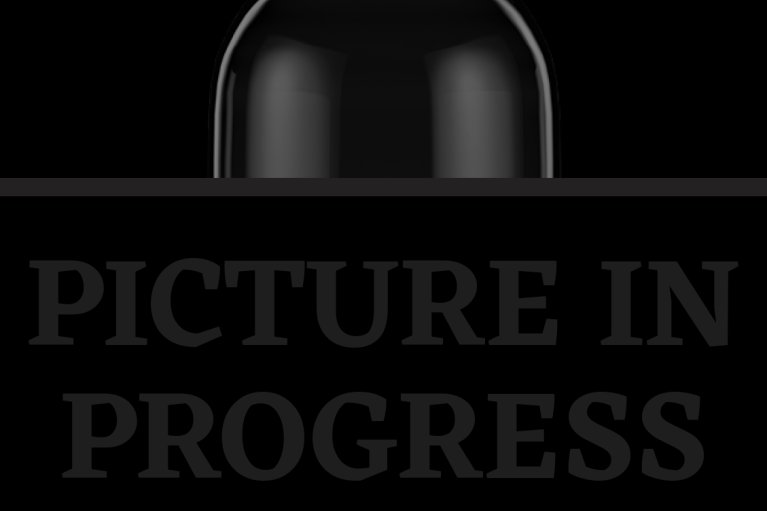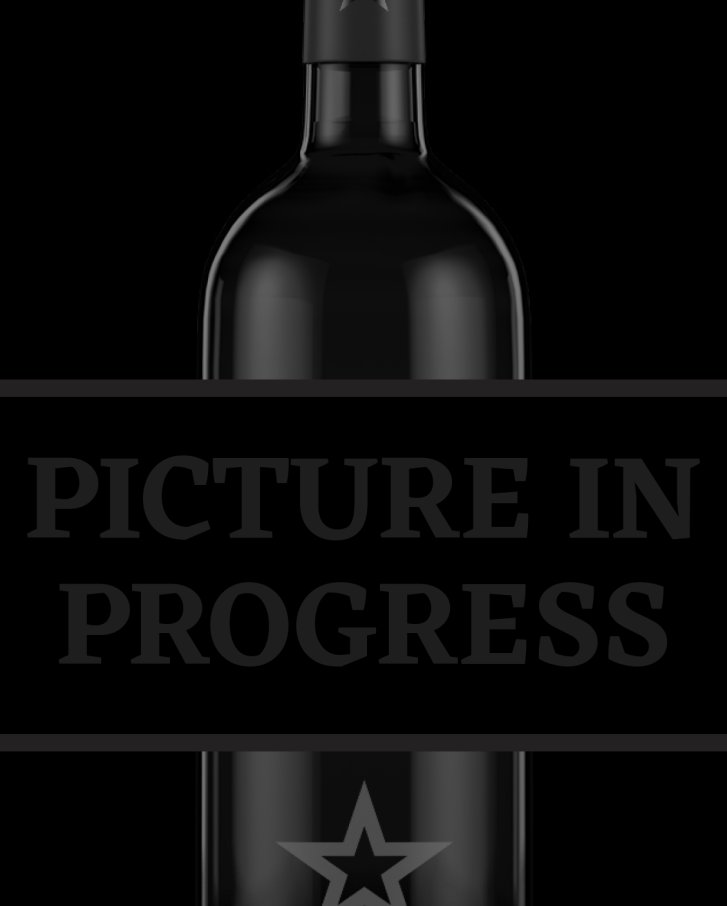Buying whiskey - the production of singe malt
Malting
In the first production step, which takes about 1 week, the grain is germinated to be processed into malt (green malt) in the next step. For this purpose, the barley is spread, moistened and germinated - the starch is converted into simple sugars and heat is generated. Continuous turning ensures that the heat is distributed evenly. A great deal of sensitivity is required to stop this process at the optimum stage, because the maltose content is later decisive for the alcohol content of the whiskey you buy.
Kilning
Kilning refers to the drying of the resulting green malt in the typical houses with pagoda roofs (kilns or malt kilns) or today in modern drying ovens. The green malt is dried for a typical single malt by means of peat fire. That's where the peaty, smoky flavor comes from when you buy this whiskey. Fuels such as coal and coke are also used mixed with peat for drying.
Mashing
In the next production step, the malt is cleaned and ground into grist to release the sugar. The resulting flour mixture goes into the mash tun with hot water. The heat does the rest, transforming starch into fermentable simple sugars. Starting at 60-68 degrees, the mash is heated to 80 degrees. This sweet wort (also called "wort") is drained 3-4 times, with only the first and second racks being processed for the time being. The third and fourth taps are cooled and added later in the production process. This is how you get closer to the whiskey you buy. The next steps are "fermentation" as well as "distillation".
Fermentation
In "wash backs" made of larch, pine or nowadays widely used stainless steel tanks, the wort ("wash"), tempered to 20-27 degrees, is fermented with the help of yeast. The bubbling liquid needs sufficient space not to overflow and this delicate process is usually fully automated and completed within 36-48 hours. The result is a clear liquid of water, yeast and 5% alcohol by volume.
Distilling
During distillation, the alcohol of the "wash" is filtered out by means of "pot stills". These are two stills of different sizes, the first still is also called "wash still". In this one, the alcohol is evaporated and rises into the swan-shaped neck of the still, condenses and flows off into the cooler. The raw whisky, also called "low wines," is poured into the second still ("low wines still") and distilled a second time. During a final check, also called "spirit safe", the purity of the alcohol is controlled. The foreshot and feints are separated from the middle cut or heart and distilled again to filter out impurities. In the end, only the clear middle cut, which has around 65-70% alcohol content and is diluted with water to an optimal alcohol content of 63%, is barreled. Now you know how the whiskey you buy is made.
Buying whiskey - barrels and storage
The bottling of the whiskey, which you can buy later, takes place at most distilleries at fixed intervals. The following rule applies: the larger the barrel, the slower the maturation, because there is less contact surface with the wood. Former sherry or bourbon barrels with a size of 500 liters are traditionally used for this purpose. To obtain a special flavor for the whiskey you buy, former wine barrels are also taken. The use of oak barrels is required by law, as is the minimum aging period. In Scotland and Ireland, the minimum aging period is three years, but in the U.S. it is only two years. But producers also know that the longer the maturation period, the better the end product.
Buying whisky - "Whisky has been known and sought after for centuries".
We, the whisky store, present different product lines. The whisky brand you buy is selectable, as well as the vintage. For example, there is from 1951 Gordon & MacPhail STRATHISLA malt whiskey, 40% vol, packed in a wooden box. 24 variants brand whiskey you can buy, from 2020 are in our whiskies store assortment. When you buy your high quality whiskey from us, it is packed in a gift box or in a wooden box. This exclusive packaging is definitely the icing on the cake. In our whisky store you can buy whiskies - and from the following countries of origin:
- Scotland
- USA
- Ireland
- Japan
- Austria
- Taiwan
Scotland maintains distilleries in several regions, such as Highland, Lowland, Spreyside, Islay, Campbeltown and the Islands. If you are specifically interested in a distillery, you can filter by it in our Whisky Shop and then buy your whisky.
With us you can buy from different distilleries and different types of whiskey.
We offer whiskey from different distilleries in our whiskey store. However, the distillery "The Macallan Distillers" is represented more often. The whiskey "The Macallan CLASSIC CUT Highland Single Malt Limited Edition 2020 55% Vol." is currently a hit with our customers in our store. If you want to buy this whiskey, you can find more information in our store.
Buy whisky - our top sellers
The team of the Whisky Shop: "The interest of the whisky connoisseur are unquestionably the top sellers". Of course, we can not present each make individually in our store. Particularly popular are:
- Tullamore D.E.W. Irish Whiskey
- William Lawson's Blended Scotch Whiskey
- Jim Beam Kentucky Straight Bourbon Whiskey
- Ballantine's Finest Blended Scotch Whiskey
Royal Salute, 21 Years old, a Scotch whiskey, is preferred by many connoisseurs when you decide to buy whiskey. The name Royal Salute refers to the coronation of Queen Elizabeth II with 21 gun salutes.
Three fine whisky varieties you can buy are 12 years old. These are also top sellers in our store: Aberlour Double Cask Matured Spreyside Single Malt Scotch Whiskey; Edradour Caledonia Highland Single Malt Blended Scotch Whiskey and Johnnie Walker Black Label. The distilleries of these three top sellers are Aberlour Distillery Company, Edradour Distillery and John Walker & Sons.
Buying whisky - the whisky qualities in our store
The most important and well-known qualities when it comes to buying whiskey are Single Malt, Single Grain, Blended Malt, Blended Grain, Single Cask and Cask Strenght. Generally, it is said that the good whiskey should be at least 3 years old. The older the whiskey, the more costly it is. So when you buy whiskey, it is worth paying attention to the age.
As everywhere, we as a whiskey store are also interested in new brands and makes. There are numerous new products, so we could only "pick out" a few in our whisky store. The Heaven Hill Old Style Kentucky Straight Bourbon Whiskey and The Koshi-No Shinobu Pure Malt Whiskey Mizunara Oak are not yet known everywhere. The Jack Daniel's Tennessee Whiskey is worth mentioning, as well as the noble Edradour Ballechin SFTC 10 Years old Oloroso Sherry Cask Matured 2010.
The product Laphroaig Islay Single Malt Scotch Whiskey comes from the Scottish island of Islay. The production of the whiskey consists of barley malt, which is dried over peat fire. The resulting smoke provides the inimitable taste. If you buy this whiskey, which was stored for about 10 years in former bourbon barrels, you get excellent taste and smell.
The Balvenie variants 12 years and 25 years old, Double Wood, are among the most popular whiskey varieties. The 25 years old whiskey was offered for the 25th anniversary of the distillery. The type of storage in the barrel is immensely important and is done in traditional whiskey barrels, then stored for about three months in former Spanish oak Oloroso Sherry barrels. The amber color is important to many whisky drinkers who are regular visitors to whisky stores.
Buying whiskey - Aberfeldy Whiskey and Bushmills
The distillery is located in Scotland in the Highlands. Since 1896, this distillery is known. The Aberfeldy whiskey in different versions present since 2005. If you buy this whiskey, you will get the taste of ripe fruit, walnuts or dark chocolate. Aberfeldy whiskey is offered as "12 Years", as well as "15 Years", "16 Years", "18 Years" and "21 Years". The 21 year old whiskey was awarded as the best Mainland Single Malt at the World Whisky Awards in 2007.
We know that the different types of whiskey Bushmills series are equally popular. They are on offer with 10 years, 16 years and 21 years. Also worth mentioning is the Bushmills Char Bourbon Cask Reserve The Steamship Collection. The name refers to a 125-year-old steamship - the SS Bushmills. Trade between the U.S. and Asia began at this time, in 1890, and the steamship is on the label of the bottles.
Also worth mentioning is Suntory Hibiki Japanese Harmony. Many Hibiki blends are considered valuable rarities. Single malts and grain whiskeys harmonize in this make. You can also buy these in our whiskey store.
Our Whisky Shop: Buy good whiskey
In our Whisky Shop you can buy good whiskey online. Just to buy whiskey succinctly, of course, is not useful. With us in the Whisky Shop buying whiskey is no problem, because the numerous qualities, varieties and characteristics are carefully filtered present on the website.
We know that it is difficult to buy the best whiskey, even for the novice. The varieties differ significantly in taste. Balvenie flavor is very popular, as well as Hibiki whiskey. The Jameson Black Barrel Irish Whiskey tastes good to many whiskey friends. The blend contains small batch grain and single Irish pot still whiskey. Special Black Barrel oak barrels are suitable for storage. Worth mentioning in this category is the Jameson 18 Years old Triple Distilled Irish Whiskey Limited. The blend consists of three types of whiskey. The last six months this is stored in bourbon barrels.
In our store you can buy the Bowmore whiskey - and in many varieties and vintages. The Islay Single Malt is for many savvy whiskey connoisseurs the ultimate. The taste of orange, maple and a touch of walnuts and cherries is pleasant.
When buying whiskey in our store, it depends on some key points, such as the brand, the age and the barrel in which the whiskey was stored. How is the whiskey perceived - strongly smoky or hardly smoky? The region is equally relevant. In our online store, we have built in a filter that allows you to filter by certain key points, such as vintage, country of origin or even the price.
Thus, the eighteen-year-old A.D. Rattray Cask Orkney Single Malt Scotch Whiskey is quite recommendable. The Orkney Islands are known for their legends and stories. The whiskey is stored in oak barrels and scores with the olive-gold color. The smell reminds of green apples, nutmeg, wood and sea salt. The Whisky Shop team has recognized that this particular whiskey is a popular purchase - especially among connoisseurs.
The connoisseur will also find the Talisker Whiskey Douglas Laing Old Particular in our online store. The whiskey of this variant is stored in re-fill hogshead barrels. The taste is reminiscent of pepper, oil and sweetness, while the nose picks up the scent of marine aromas and salty seaweed mixed with peat.
Buy whiskey - the conclusion
In our store you will find a wide selection and many brands in different price ranges. Each whiskey variety you buy has its own individual characteristics in terms of production and taste. Convince yourself of our delicando whiskey assortment from our online store! If you have any questions, please do not hesitate to contact us by phone at +43 3172 60511 or at office@delicando.com for advice. Tip: Take a look at our whiskey rarities and remaining stock.










































































 Login with Amazon
Login with Amazon